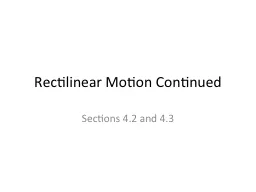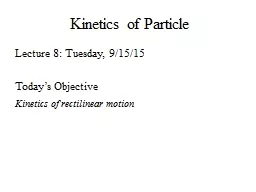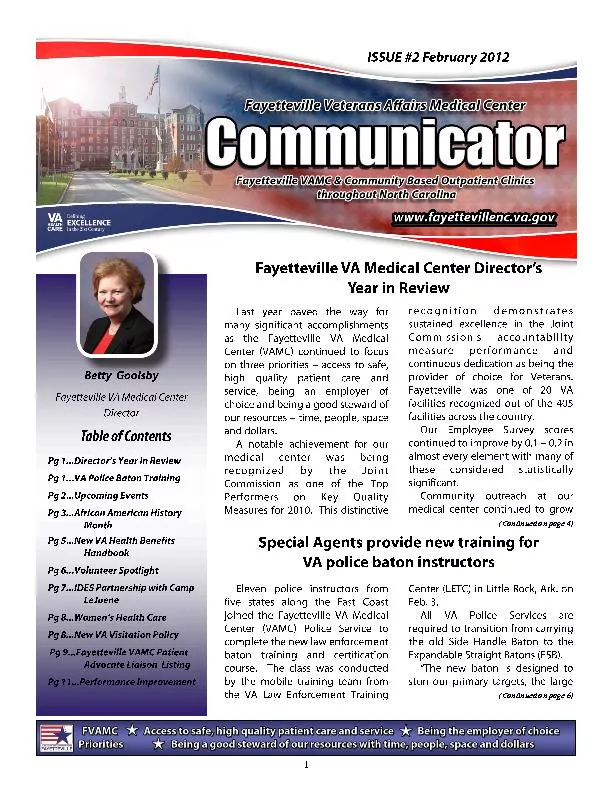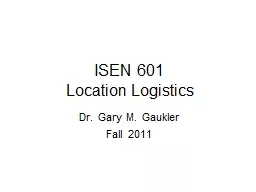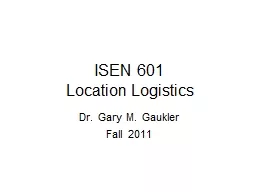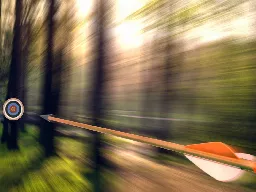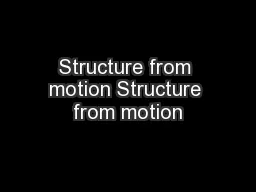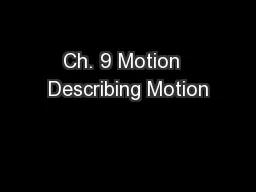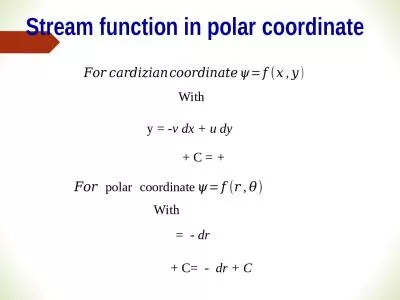PPT-Rectilinear Motion Continued
Author : alexa-scheidler | Published Date : 2016-06-29
Sections 42 and 43 Updates amp Reminders The date and time of the final Thursday December 11 from 10 am to 12 pm MLT 208 There is no lab this week Test 1 will take
Presentation Embed Code
Download Presentation
Download Presentation The PPT/PDF document "Rectilinear Motion Continued" is the property of its rightful owner. Permission is granted to download and print the materials on this website for personal, non-commercial use only, and to display it on your personal computer provided you do not modify the materials and that you retain all copyright notices contained in the materials. By downloading content from our website, you accept the terms of this agreement.
Rectilinear Motion Continued: Transcript
Download Rules Of Document
"Rectilinear Motion Continued"The content belongs to its owner. You may download and print it for personal use, without modification, and keep all copyright notices. By downloading, you agree to these terms.
Related Documents

